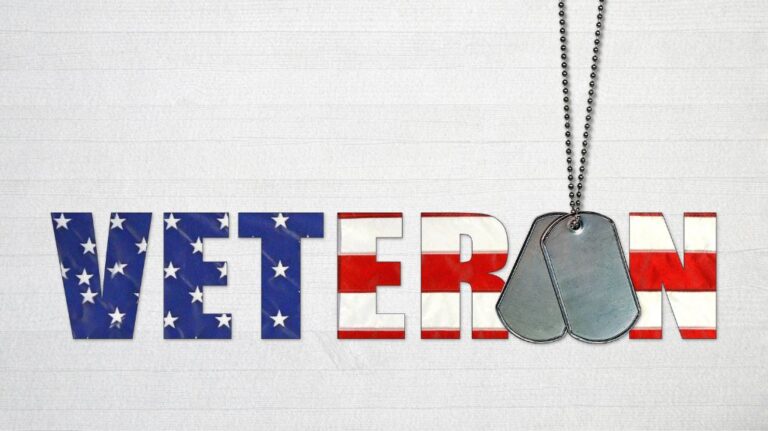Understanding Concurrent Retirement and Disability Pay (CRDP) for Veterans

Veterans who have served their country deserve full recognition for both their retirement and disability compensation. However, for years, many veterans were unable to receive both due to laws that reduced their retirement pay by the amount they received in VA disability compensation. In 2004, this changed with the introduction of Concurrent Retirement and Disability Pay (CRDP). This program allows veterans to receive both payments in full, depending on certain criteria. In this blog, we’ll break down how CRDP works, who qualifies, and how veterans can take advantage of it.
What is Concurrent Retirement and Disability Pay (CRDP)?
Concurrent Retirement and Disability Pay (CRDP) is a program that allows military retirees to receive both retirement pay and VA disability compensation without offsetting one another. Before CRDP, veterans receiving both retirement and disability pay had their retirement reduced by the amount they were awarded in disability compensation, effectively negating one benefit. With CRDP, veterans can collect both payments without penalty.
This program was designed to ensure that veterans who have served honorably and suffer from service-connected disabilities are not financially penalized when it comes to their compensation.
Who is Eligible for CRDP?
Eligibility for Concurrent Retirement and Disability Pay is determined by several factors, including the length of service, disability rating, and retirement status. Here are the basic requirements for veterans who want to qualify for CRDP:
- Military Retirement Eligibility: You must have served at least 20 years in the military and qualify for military retirement.
- VA Disability Rating of 50% or Higher: Only veterans who have a VA disability rating of 50% or more are eligible for CRDP. Veterans with a lower disability rating are not eligible to receive both retirement and disability compensation concurrently.
- Retirement Type: Most military retirees are eligible for CRDP. However, those who retired under Temporary Early Retirement Authority (TERA) or those receiving disability retirement are not eligible for CRDP. Veterans who retired under TERA or the disability retirement system may still be eligible for a similar program called Combat-Related Special Compensation (CRSC), but they cannot receive CRDP.
How Does CRDP Work?
If you are eligible for Concurrent Retirement and Disability Pay, the Department of Defense (DoD) will automatically adjust your pay once your VA disability rating reaches 50%. This process happens without any application necessary, which means veterans don’t need to submit any forms to start receiving CRDP.
The amount of CRDP a veteran receives is based on their VA disability rating and the length of military service. Once CRDP is in effect, veterans will receive their full retirement pay along with their full VA disability compensation, without one offsetting the other.
Benefits of CRDP
The introduction of Concurrent Retirement and Disability Pay has had a significant positive impact on veterans’ financial well-being. Here are a few key benefits of the program:
- Increased Monthly Compensation: Veterans can now receive both their retirement pay and their disability compensation in full, leading to a higher overall monthly income.
- Retroactive Payments: If a veteran’s VA disability rating is increased to 50% or higher after retirement, they may be entitled to retroactive payments for the months where they should have received CRDP.
- No Application Process: CRDP is automatically applied to veterans who are eligible, which simplifies the process of receiving these concurrent payments.
How to Maximize Your Benefits with CRDP
To ensure you are receiving the maximum benefits from CRDP, it’s important to stay on top of your VA disability rating. If your service-connected condition worsens, you may qualify for a higher disability rating, which could increase your overall monthly compensation. Veterans should also be aware of the differences between CRDP and Combat-Related Special Compensation (CRSC), as the two programs cannot be received simultaneously.
If you’re unsure about your eligibility or want to explore ways to maximize your benefits, working with a legal professional who specializes in VA benefits can be extremely helpful.
Get Help Maximizing Your CRDP Benefits
Understanding Concurrent Retirement and Disability Pay can be complex, but it’s an important benefit for eligible veterans. If you meet the criteria, you could be entitled to receive both your retirement pay and your VA disability compensation in full.
For veterans unsure about their eligibility or looking to increase their benefits, reaching out to a legal professional is a great first step. Contact VA Benefits Attorneys today to get personalized assistance with your CRDP benefits and any other VA-related claims. Let our experienced team help you get the full compensation you deserve.







